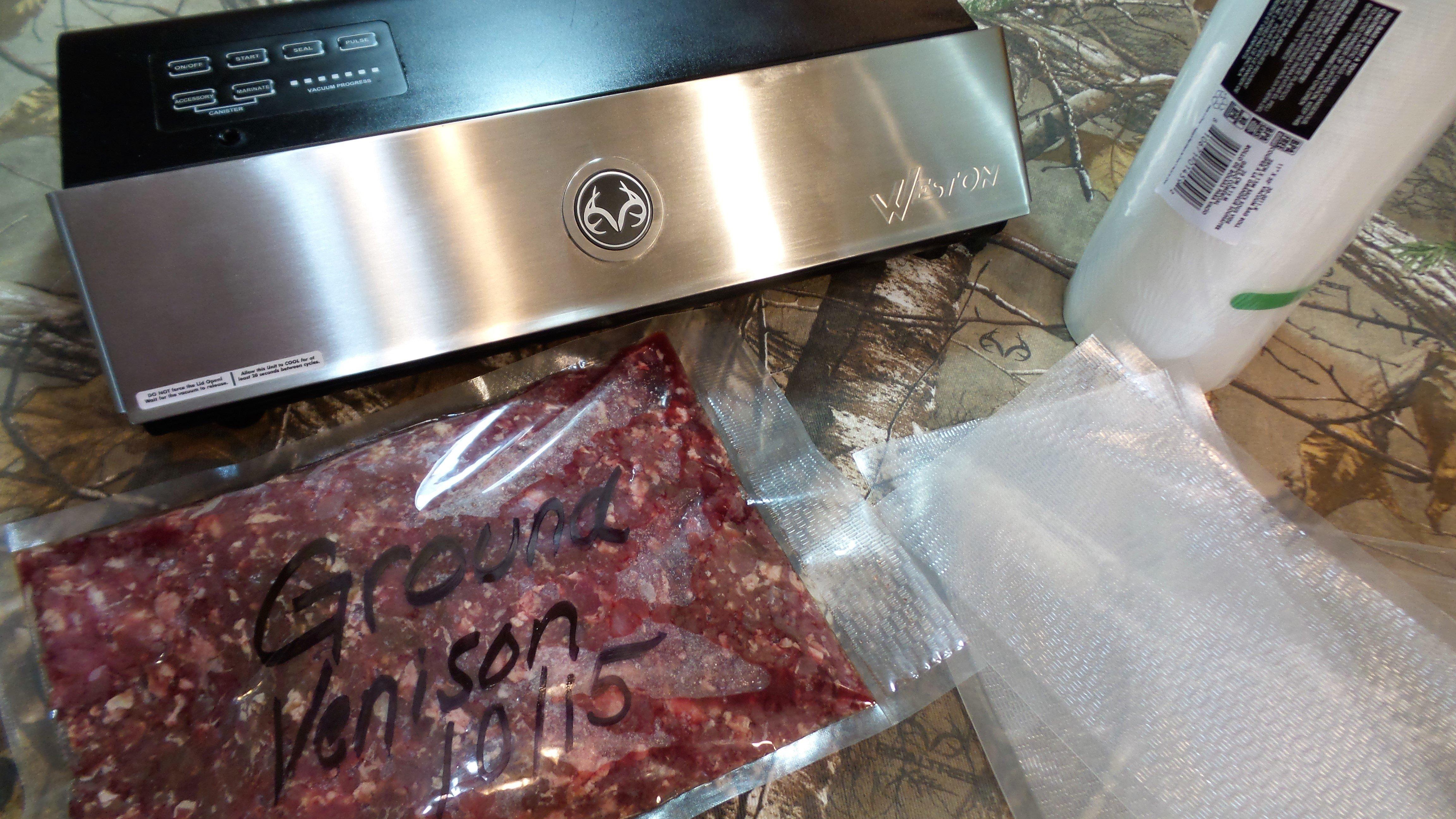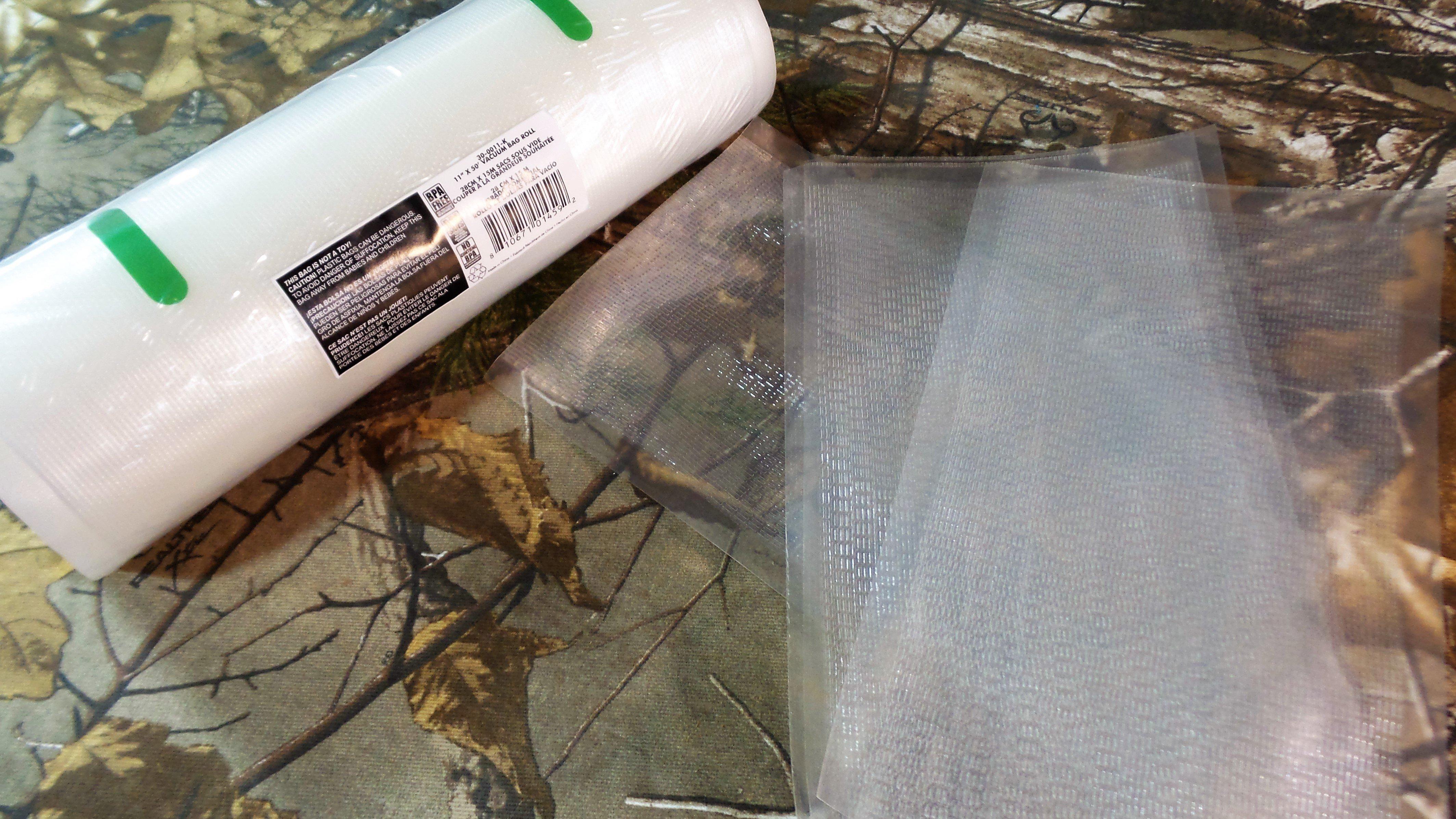Freezing Tips to Keep Your Venison Fresh
It's that time of year, deer are hitting the ground from east to west and north to south. For many of us, that means the freezer is rapidly filling up. Our family of five probably eats more venison than most, we have it a few nights a week year-round, and I am not comfortable until we have at least eight or nine deer processed and in the freezer.
So how do you keep all that prime venison tasting as fresh as the day it was killed? The following tips will make that last pack of venison you pull out just before next September taste just like the one you will eat next week.
Vacuum Seal: There is no better way to store your venison than in a vacuum sealed bag void of air. Our Weston Realtree Vacuum Sealer has bagged countless packs of venison, as well as wild turkey, wild hogs, small game, waterfowl and even a few not so normal cuts of meat from time to time.
Even if you are using a vacuum sealer, there are a few tips that will help to keep your venison in prime condition.
Use good bags. In the past, I would keep my eyes open for end-of-season clearance sale bags at the local grocery store or mega mart. I learned my lesson. Not all bags are created equal. Look for bags made of heavy-weight material that seals well. If you notice the bags you are using don't always seal, don't be afraid to put a double seal on each end of a package. Vacuum sealing doesn't work if the package pops open in the freezer.
Keep your meat flat in the package. This is particularly easy to do with steaks and ground meat. Flat and thin packages freeze faster, stack better and thaw quicker than round lumps of meat.
Remove as much moisture as possible from the package. Moisture being sucked into your vacuum sealer cuts down on its lifespan and often prevents a proper seal from being made.
Double wrap: If you don't have access to a vacuum sealer, you can still package your venison well enough to last up to a year or more in the freezer. Over the years, I venture to guess that more pounds of venison have been frozen wrapped in white freezer paper than all other methods combined. Good reason too, it works. To make freezer wrap work even better, double wrap your venison. Start by wrapping the meat tightly with plastic wrap.
Once the meat has been covered with plastic wrap, package it tightly with freezer paper. Fold the paper tightly and tuck the ends down flat. Use plenty of tape to hold the package together.
Zip-Style Freezer Bags: Zip-style freezer bags are another excellent option for packaging wild game. Make sure you get the freezer weight bag and avoid any bags simply marked storage. As with other packaging methods, removing as much air from the bag before sealing keeps the meat at its peak condition. One method for removing air from a zip-style bag is to insert a straw into the top and suck the air out just before removing the straw and pinching the last bit of zipper closed. A more time-efficient method is to pack the bag, then submerge it into a tub of water up to the zipper. As the water pushes the air out of the bag, quickly zip it closed to form a tight seal around the meat.
Freeze Quickly: If you have ever thawed a cut of meat only to find it mushy and tough, it is because the package froze over a long period of time. Long freeze times allow ice crystals to form throughout the meat. As the meat thaws, the ice crystals cause the cells of the meat to rupture, releasing the moisture from the meat and altering the texture.
To help your meat freeze quickly, pack it in thin layers inside whatever packaging material you use. Chill the meat in a cooler or in the fridge before transferring it to the freezer. Don't pack your freezer tightly all at once. Allow the packages to freeze, then continue to layer more meat over the frozen packages until the freezer is full. Keep your freezer set at or near its lowest setting, a temperature of around zero degrees Fahrenheit is a good target to shoot for. Chest-style deep freezers are the most efficient at maintaining the coldest temps.
While we are on the subject of freezers, check into a freezer alarm if you don't already have one. Freezer alarms sound if the internal temperature of the freezer rises above a preset point. Without an alarm, a kicked breaker, unplugged cord or open door can spell disaster.
Label Packages Well: While it is easy to look at a stack of packaged meat and know what is inside soon after processing, it is way tougher a few months down the road. There is nothing worse than opening the freezer to find a stack of mystery meat and have no idea what you are thawing out. Use stick-on labels or a black permanent marker to plainly label what is inside the package.









